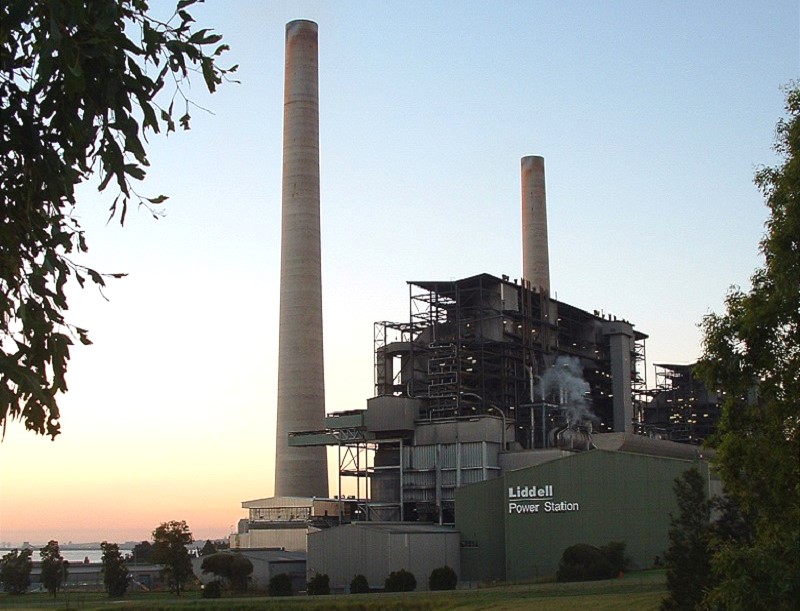After more than five decades of operations, the last of the generating units at Australia’s oldest coal-fired power plant are being powered down for the final time with the Liddell power station in the New South Wales (NSW) Hunter Valley scheduled to be entirely shut down on 28 April 2023.
Greenpeace Australia Pacific Head of Advocacy and Strategy Glenn Walker said the closure of the power plant, which was commissioned in 1971, is a tipping point for Australia’s energy transition.
Walker said when the closure of Liddell was first announced in 2017, it caused a political storm but it has since proven a major driver for the deployment of renewable energy assets.
“Despite the initial protesting from small-minded politicians and commentators, this announcement helped spur a massive four-fold increase in renewable energy production in NSW since 2017, meaning that dirty Liddell will be replaced by clean energy,” he said.
“The lesson from Liddell should be that companies like AGL and politicians alike need to show courage and get on with the job of cleaning up our dirty energy system.”
“With leadership, forward planning, and smart investment in renewable energy the transition from coal and gas to renewables can be seamless.”
AGL has already outlined plans to transform the Liddell site into an integrated, low-carbon industrial energy hub dominated by a 500 MW/2 GWh battery energy storage system and including a wind farm, a solar storage system, a waste-to-energy plant and a green hydrogen production facility.
It has already secured planning approval to build the battery at the site, providing a new source of dispatchable power and allowing the company to reuse the existing grid connection infrastructure.
It is anticipated AGL will make a final investment decision on the Liddell battery in the second half of this year.
The closure of Liddell is the first closure of a major coal-burning power station since 2017, after Engie’s Hazelwood station was shut down in Victoria, but it is certain not to be the last.
A report from the Australian Energy Market Operator (AEMO) shows that Australia’s transition to a grid dominated by renewables is accelerating faster than expected, with the operator suggesting 60% of coal-fired generating capacity will exit the National Electricity Market (NEM) by 2030.
The Eraring Power Station at Lake Macquarie in the NSW Hunter region is among those plants destined to exit the system with Origin Energy announcing it will close the facility in August 2025, seven years earlier than previously scheduled.
AGL has also announced it will close it Bayswater power station in the Hunter Valley “no later than” 2033, two years ahead of its previously scheduled closure, while the Loy Yang A plant in Victoria’s Latrobe Valley is to close by 2035.
This content is protected by copyright and may not be reused. If you want to cooperate with us and would like to reuse some of our content, please contact: editors@pv-magazine.com.









By submitting this form you agree to pv magazine using your data for the purposes of publishing your comment.
Your personal data will only be disclosed or otherwise transmitted to third parties for the purposes of spam filtering or if this is necessary for technical maintenance of the website. Any other transfer to third parties will not take place unless this is justified on the basis of applicable data protection regulations or if pv magazine is legally obliged to do so.
You may revoke this consent at any time with effect for the future, in which case your personal data will be deleted immediately. Otherwise, your data will be deleted if pv magazine has processed your request or the purpose of data storage is fulfilled.
Further information on data privacy can be found in our Data Protection Policy.